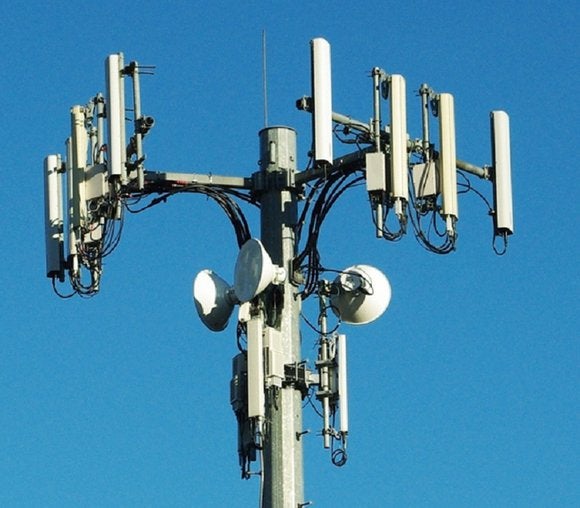If you've ever walked through a city, you may have seen tiny cell towers for 5G on the poles of street lights. safe distance to live from cell phone tower look like little boxes, but they're actually broadcasting wireless signals from mobile providers to your phone.
The smaller ones are being replaced by the larger built cell towers. Although they're not as visible however, they could cause issues for users.
A FCC's Radiation Exposure Thresholds
The FCC's Radiation Exposure Thresholds establish the safe limit at which a person can be exposed to electromagnetic energy generated by wireless devices. The limits for exposure are based on scientific data that prove that electromagnetic energy could be harmful to health.
https://telegra.ph/How-long-Away-From-the-5G-Mobile-System-Should-You-Be-04-27 of absorption called the specific absorption rate (SAR) is a measure of the amount of radiofrequency energy absorption by tissues. It's usually 1.6 milliwatts per kilogram averaged over one Gram of tissue.
Since 5g is able to transmit at higher frequencies, it has the potential to increase the intensity of energy on the skin and other directly-exposed body parts. This could result in many possible harms, like the appearance of skin conditions like dermatitis, cataracts and skin cancer.
Due to the potential for severe effects of 5g radiation, PSU has chosen to set a general localized limits on power density, which is 4mW/cm2 based on the average on 1cm2, but not to exceed 30 minutes, for the entire 5G spectrum at 3000 GHz. This localized limit is consistent with the maximum SAR spatial-average of 1.6 W/kg, averaged over one grams of tissues at six GHz.
The FCC's Maximum Exposure Thresholds
If you've ever operated a cell phone, you probably know that the safest range from the tower is at least 400 meters away. This is due to the power of the transmission of cell towers increases drastically the further you are from it.
While this sounds like an ideal idea but the truth is that those living close to towers may actually be more prone to health problems. For example, a study from 2014 in India found that residents who lived within 50 meters of cell towers had much more health problems than those who were away from the antennas.
But, the study revealed that those who relocated to areas that were further from cell towers experienced their symptoms improve within a few days. Other studies have shown that exposure to high amounts of electromagnetic field radiofrequency (EMFs) could cause brain tumors, cancer, and other health problems.
This is due to the fact that radiofrequency radiation, which is used in wireless communications, may be absorbed by the body's outer layer, the skin. what is a safe distance from a 5g cell tower is important to understand since the skin serves as a shield against injury to the body, infection by pathogenic microorganisms, and entry of toxic substances. It is also the largest organ of the human body. It is accountable for maintaining the integrity of other organs.
The FCC's Minimum Exposure Thresholds for the Minimum Exposure

The FCC's Minimum Exposure Thresholds rely on numerous assumptions that are not supported by evidence from science. They include the false belief that short-term exposures to RF radiation are safe due to minimal radiation penetration in the human body (i.e., tissue heating).
The assumption is also ignoring the more extensive penetration of ELF elements of modulated radio signals and the consequences of short bursts of heat caused by RF pulses. These theories are not compatible with current understanding of the biological consequences of RF radiation. Therefore they shouldn't be relied upon for health-protection exposure standards.
Furthermore there is the fact that both ICNIRP and FCC limit their exposure limits to local peak SARs that are based on the peak speed of spatial absorption (psSAR) which is not a reliable dosimetric instrument to assess the amount of radiation exposure. Particularly it is inconclusive for frequencies above 6 GHz. In addition, psSAR is not been evaluated for RF radiation with co-exposure to other agents of the environment such as sunlight. The interactions of RF radiation with other environmental agents could cause synergistic or antagonistic effects. This could result in an increased risk of adverse health consequences. For instance, exposure to RF radiation along with exposure to sunlight can increase the risk of developing skin cancer and exacerbate other skin diseases such as acne.
